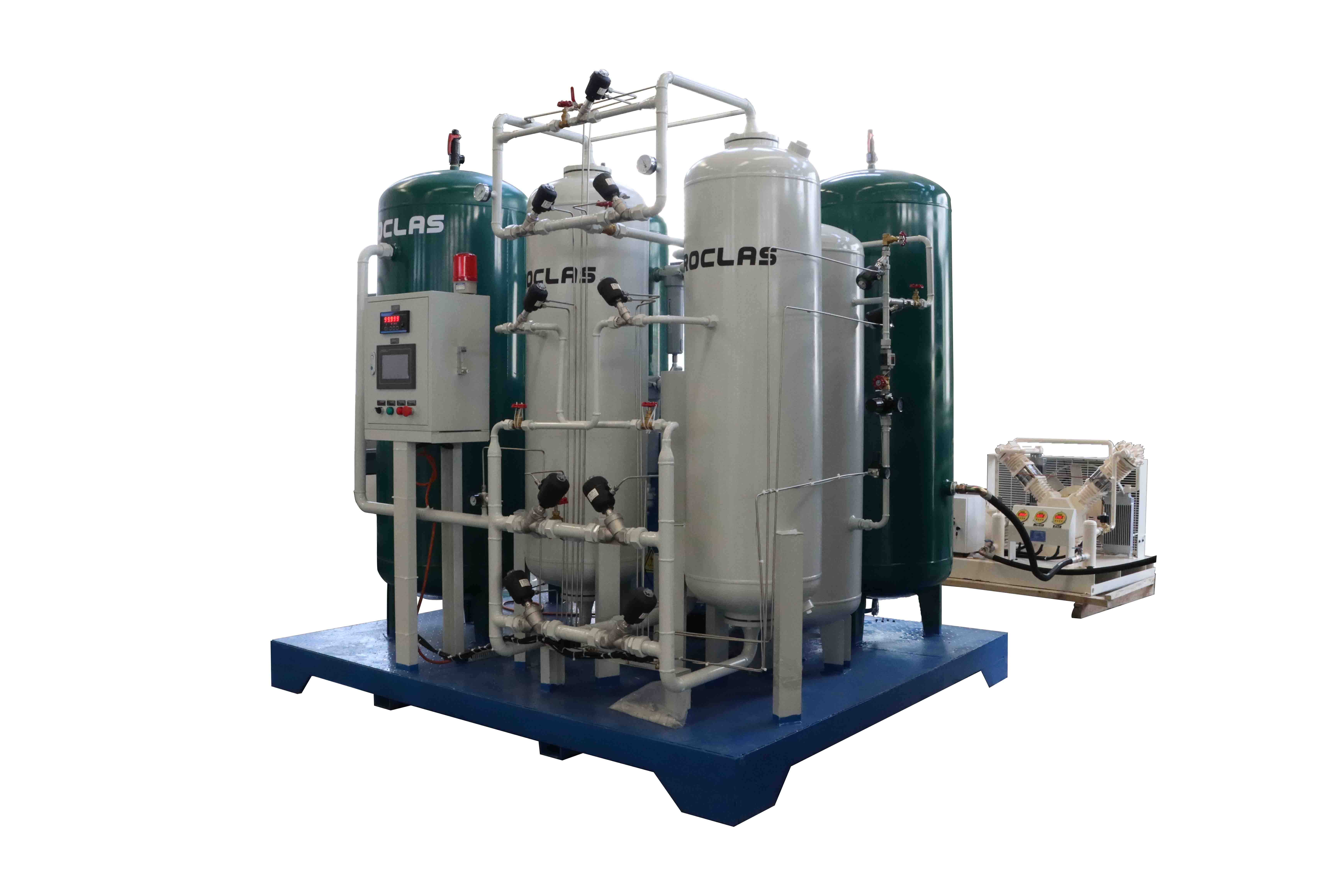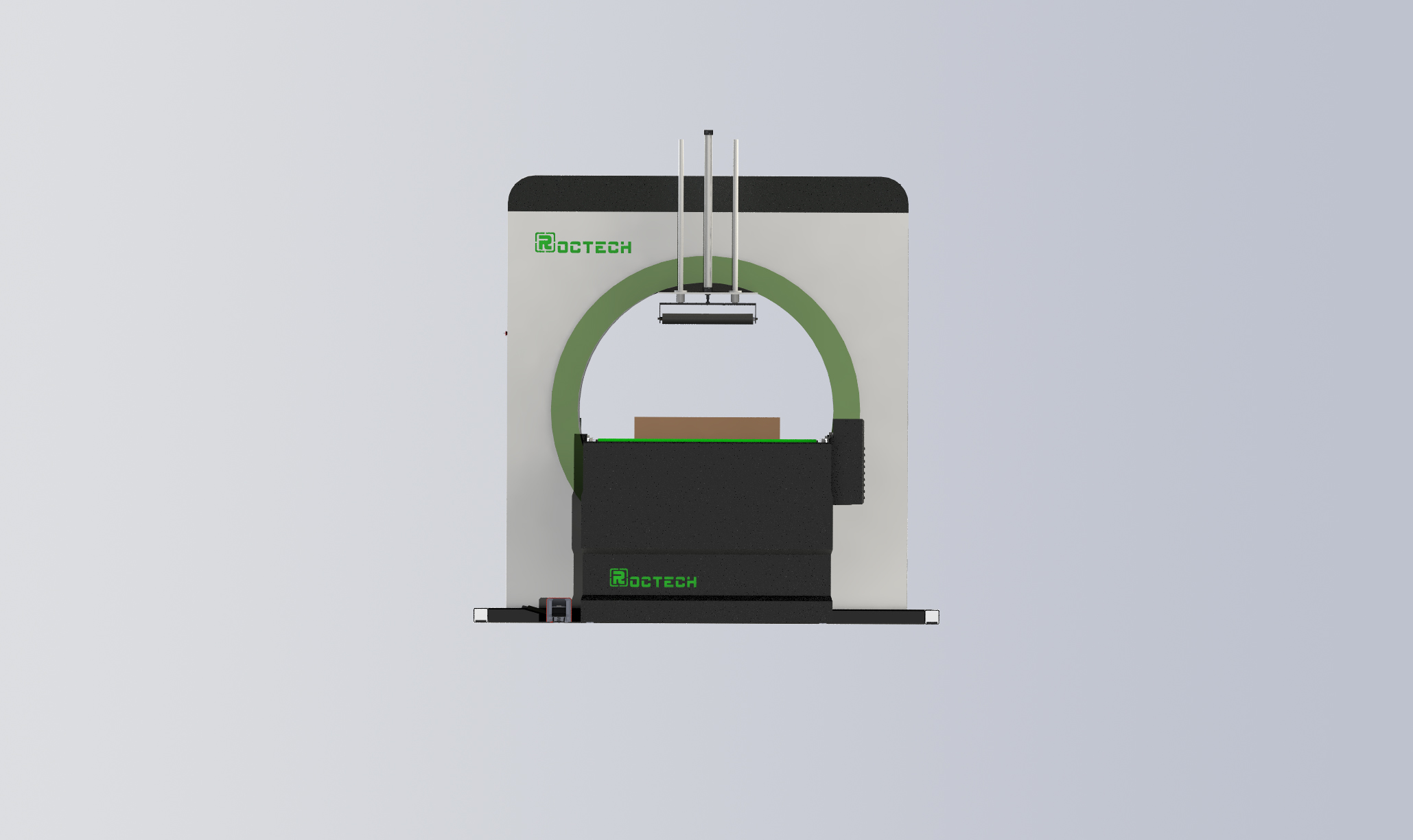Introduction
Laser cut sheet metal fabrication is a highly precise and efficient method used in various industries to create intricate designs and components from metal sheets. This process leverages the power of laser technology to cut, engrave, and shape metal with unparalleled accuracy. In this comprehensive guide, we will delve into the intricacies of laser cut sheet metal fabrication, exploring its benefits, applications, and the steps involved in the process.

Understanding Laser Cut Sheet Metal Fabrication
Laser cutting is a non-contact, thermal-based manufacturing process that uses a high-powered laser beam to cut materials. When applied to sheet metal fabrication, this technique allows for the creation of complex shapes and designs with minimal material waste. The laser beam is directed by a computer numerical control (CNC) system, ensuring precise cuts according to the digital design.
Types of Lasers Used in Sheet Metal Fabrication

1. CO2 Lasers These are the most commonly used lasers in sheet metal fabrication. They are versatile and can cut a wide range of materials, including steel, stainless steel, aluminum, and more. CO2 lasers are known for their high power and ability to produce clean, smooth edges.
2. Fiber Lasers Fiber lasers are gaining popularity due to their efficiency and ability to cut reflective materials like copper and brass. They offer faster cutting speeds and lower operating costs compared to CO2 lasers, making them ideal for high-volume production.
3. NdYAG Lasers These lasers are used for specialized applications that require high precision and minimal heat-affected zones. They are less common in general sheet metal fabrication but are used in industries like aerospace and medical device manufacturing.
Advantages of Laser Cut Sheet Metal Fabrication
1. Precision and Accuracy Laser cutting offers exceptional precision, allowing for the creation of intricate designs and tight tolerances. This is crucial in industries where components must fit together perfectly.
2. Versatility Laser cutting can be used on a wide range of materials, including metals, plastics, and composites. This versatility makes it a valuable tool in various industries.
3. Speed and Efficiency Laser cutting is a fast process, especially when using fiber lasers. It reduces production time and increases throughput, making it ideal for high-volume manufacturing.
4. Minimal Material Waste The precision of laser cutting minimizes material waste, leading to cost savings and more sustainable manufacturing practices.
5. Clean Edges Laser cutting produces clean, smooth edges that often require little to no post-processing. This reduces the need for additional finishing steps, saving time and money.
Applications of Laser Cut Sheet Metal Fabrication
1. Automotive Industry Laser cutting is used to create various components in the automotive industry, including body panels, engine parts, and interior trim. The precision and speed of laser cutting are essential for meeting the high demands of automotive manufacturing.
2. Aerospace Industry The aerospace industry relies on laser cutting for the production of lightweight, high-strength components. The ability to cut complex shapes with tight tolerances is crucial for aerospace applications.
3. Electronics Industry Laser cutting is used to create intricate components for electronic devices, such as circuit boards, enclosures, and heat sinks. The precision of laser cutting ensures that these components function correctly and fit together perfectly.
4. Medical Device Manufacturing The medical industry requires highly precise and sterile components. Laser cutting is used to create surgical instruments, implants, and other medical devices with the necessary precision and cleanliness.
5. Architecture and Construction Laser cutting is used in the creation of architectural elements, such as decorative panels, facades, and structural components. The ability to cut complex designs allows architects to create unique and visually striking structures.
The Laser Cut Sheet Metal Fabrication Process
1. Design and Programming The process begins with the creation of a digital design using computer-aided design (CAD) software. The design is then converted into a format that the CNC laser cutting machine can understand. This step involves specifying the cutting paths, speeds, and power settings.
2. Material Selection The appropriate sheet metal is selected based on the requirements of the project. Factors such as material type, thickness, and finish are considered to ensure the final product meets the desired specifications.
3. Laser Cutting The sheet metal is placed on the laser cutting machine's worktable, and the laser beam is directed to cut the material according to the programmed design. The CNC system ensures precise control of the laser beam, resulting in accurate cuts.
4. Quality Control After cutting, the components are inspected to ensure they meet the required specifications. This may involve measuring dimensions, checking for defects, and verifying that the edges are clean and smooth.
5. Post-Processing Depending on the application, the cut components may undergo additional processing, such as deburring, polishing, or coating. These steps enhance the appearance and functionality of the final product.
6. Assembly and Finishing The cut components are assembled into the final product, and any necessary finishing touches are applied. This may include painting, anodizing, or other surface treatments to achieve the desired appearance and performance.
Factors to Consider in Laser Cut Sheet Metal Fabrication
1. Material Thickness The thickness of the sheet metal affects the cutting speed and power requirements. Thicker materials require more powerful lasers and slower cutting speeds to achieve clean cuts.
2. Material Type Different materials have different properties that affect the laser cutting process. For example, reflective materials like aluminum and copper require specialized lasers to prevent damage to the machine.
3. Cutting Speed and Power The cutting speed and laser power must be carefully balanced to achieve the desired results. Too much power can cause excessive heat and damage the material, while too little power may result in incomplete cuts.
4. Edge Quality The quality of the cut edges is important for the functionality and appearance of the final product. Factors such as laser focus, cutting speed, and assist gas pressure can affect edge quality.
5. Cost Considerations The cost of laser cutting depends on factors such as material type, thickness, and complexity of the design. It's important to balance cost with the desired quality and precision of the final product.
Conclusion
Laser cut sheet metal fabrication is a powerful and versatile manufacturing process that offers numerous benefits, including precision, speed, and minimal material waste. Its applications span across various industries, from automotive and aerospace to electronics and medical device manufacturing. By understanding the process and factors involved, manufacturers can leverage laser cutting to create high-quality components and products that meet the demands of modern industry. As technology continues to advance, laser cutting will undoubtedly play an increasingly important role in the future of manufacturing.
Regardless of whether you require general advice or specific support, we are happy to help you.